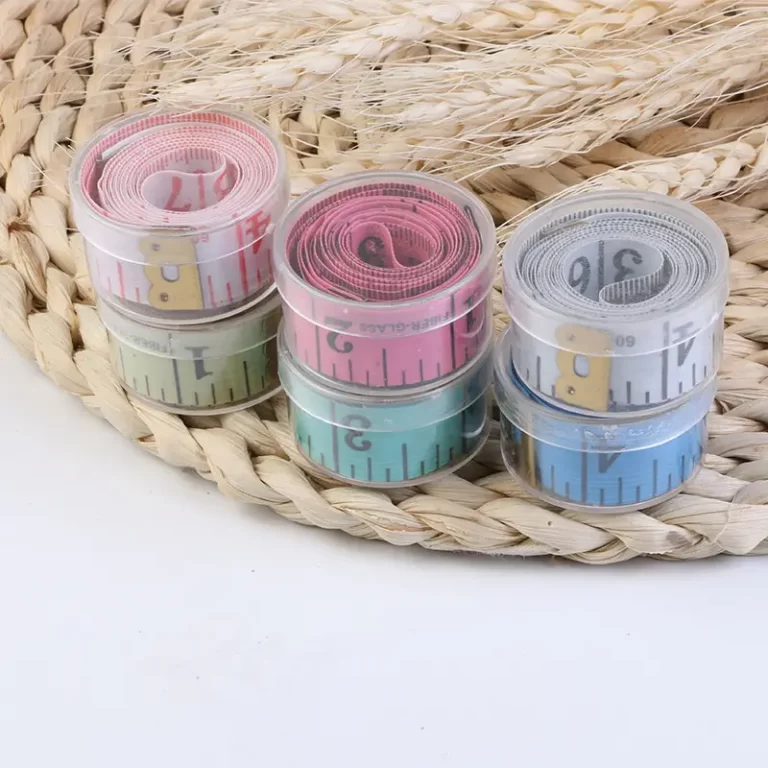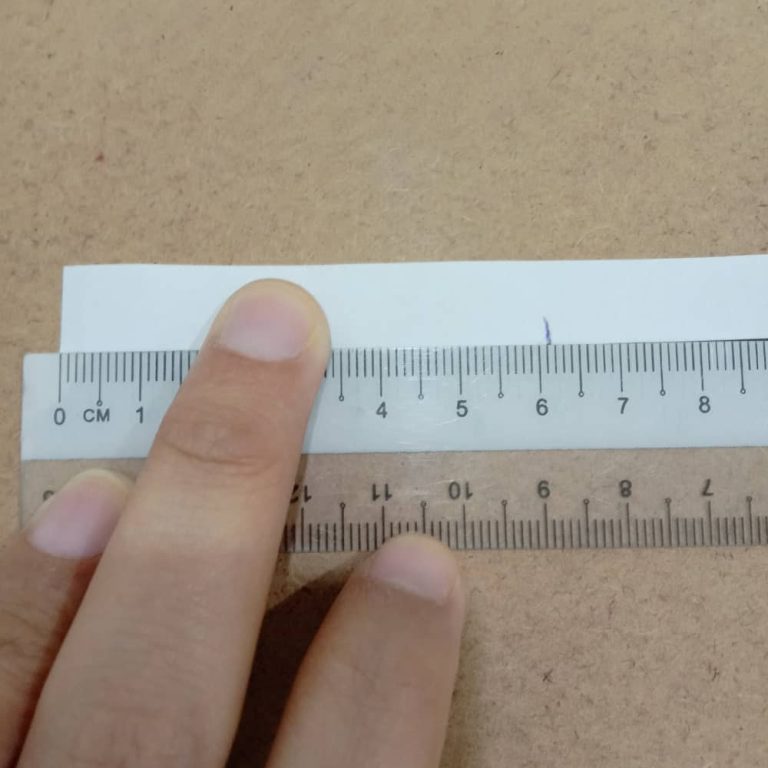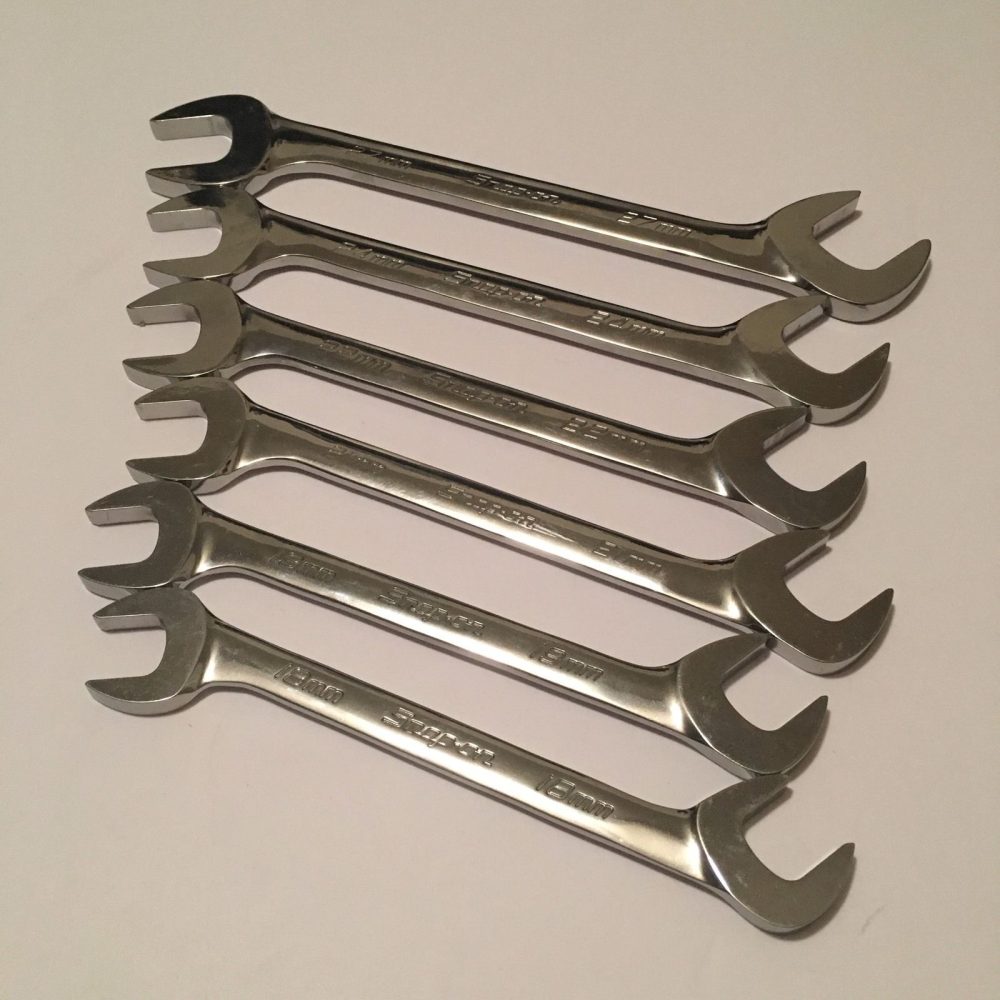
A Guide to Open End Wrench: Types, Uses, and Benefits
A reliable open end wrench is an indispensable tool in every mechanic’s arsenal and a must-have for DIY enthusiasts. Whether you’re performing routine maintenance on your vehicle, tackling home improvement projects, or engaging in intricate mechanical repairs, understanding the different types, sizes, and proper usage of an open end wrench can significantly enhance your efficiency and effectiveness. In this comprehensive guide, we will delve into the various aspects of open end wrenches, helping you choose the right tool for the job and ensuring you use it correctly to maximize its lifespan and performance.
 What is an Open-End Wrench?
What is an Open-End Wrench?
Definition and Characteristics
An open end wrench is used to tighten or loosen fasteners. It features a U-shaped opening that grips two opposite sides of a nut or bolt. Unlike adjustable wrenches, it comes in fixed sizes for specific applications. Open end wrenches allow access to fasteners in tight or hard-to-reach areas. They are simple to use, making them a popular tool for basic and professional tasks.
Common Materials Used
Open end wrenches are made from durable materials to withstand wear and tear. Steel is the most common, often treated for corrosion resistance. Chrome vanadium steel is a preferred material due to its strength and flexibility. Some wrenches feature coatings like nickel or chrome for extra durability. Lightweight aluminum versions are also available for specific applications. High-quality materials ensure longevity and reliability.
Key Features of Open-End Wrenches
Design and Functionality
Open end wrenches are designed for quick and easy use. Their U-shaped opening fits two opposite sides of a fastener. This design allows users to access nuts and bolts in tight spaces. These wrenches have fixed sizes, making them suitable for precise applications. They are lightweight and ergonomically shaped for comfortable handling. The simplicity of the design minimizes the risk of damage to fasteners.
Advantages Over Other Wrenches
Open end wrenches offer unique benefits compared to other types of wrenches. They excel in scenarios where adjustable wrenches cannot work, such as narrow or confined areas. Their fixed sizes reduce slipping on fasteners, ensuring a secure fit and efficient torque. Unlike box-end wrenches, open end wrenches can quickly slide onto fasteners without requiring a complete rotation. This feature saves time and effort, particularly during repetitive tasks. Furthermore, their straightforward design makes them durable and less prone to wear over time.
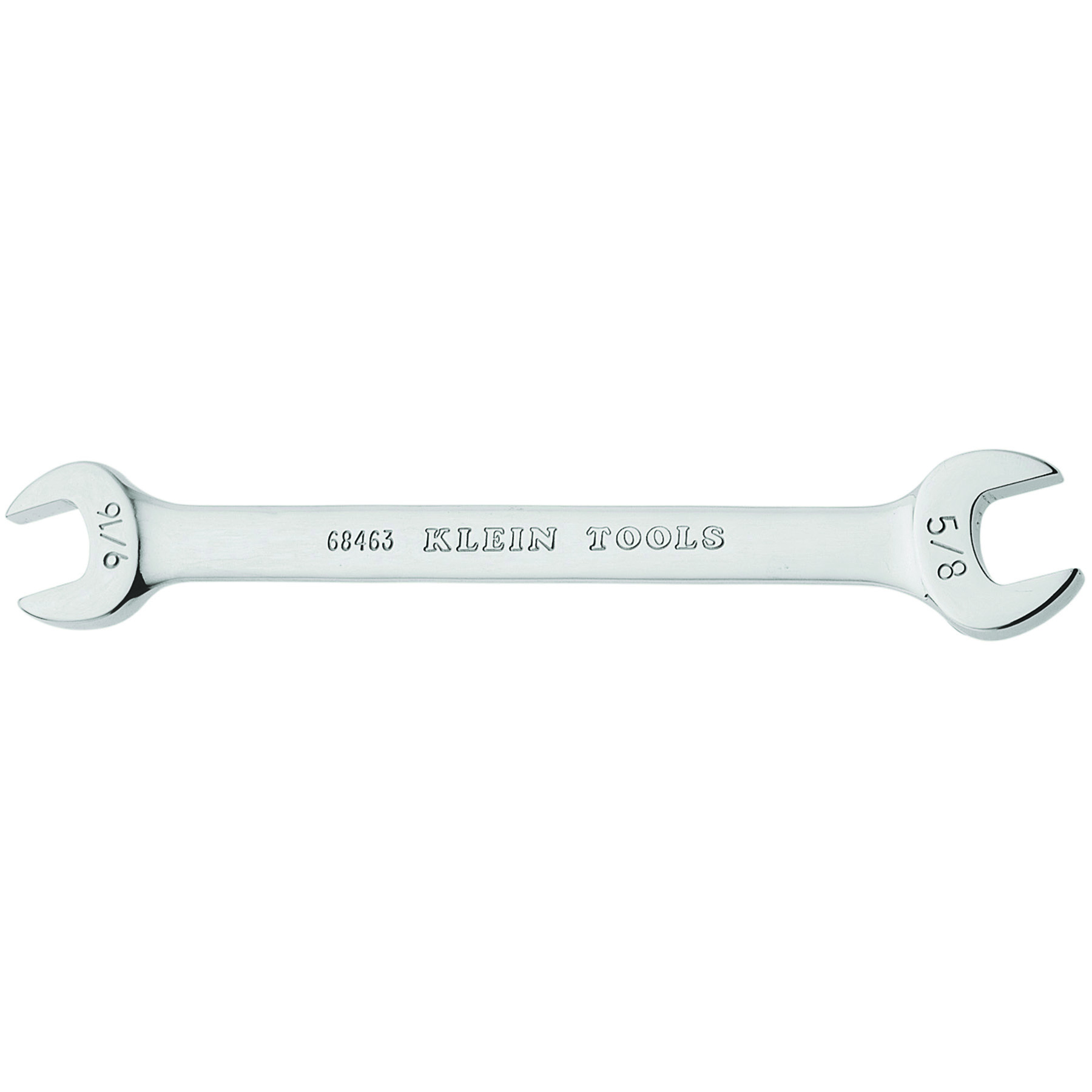
Different Sizes and Types of Open-End Wrenches
Open end wrenches come in various sizes and formats to suit specific tasks and preferences. Understanding these differences can help users choose the right tool for the job.
Standard vs. Metric Sizes
Open end wrenches are available in both standard (imperial) and metric sizes. Standard sizes commonly follow inch-based measurements, while metric sizes use millimeters. Standard wrenches are prevalent in industries like automotive repair in regions like the United States. Metric wrenches are more common internationally, especially in manufacturing and engineering. Choosing the correct size ensures a secure fit and minimizes damage to fasteners. It’s important to match the wrench size to the nut or bolt being tightened or loosened.
Single vs. Double Open End Wrenches
Single open end wrenches feature one U-shaped opening at one end of the tool. These wrenches are straightforward, designed for specific sizes and tasks. Double open end wrenches have two openings, one on each end, of different sizes. Double-ended wrenches are versatile, allowing users to handle fasteners of varying sizes using a single tool. They are ideal for jobs requiring quick size adjustments without swapping tools. Both types are durable, but the choice depends on the user’s specific requirements and preferences.
Primary Uses of Open-End Wrenches
Open end wrenches are versatile tools with applications in various fields. Their simple design and ability to fit into tight spaces make them essential for tasks requiring precision.
Automotive Applications
In the automotive industry, open end wrenches are widely used for mechanical repairs. They help tighten or loosen nuts and bolts in engines, frames, and suspension systems. These wrenches excel in accessing fasteners in cramped areas, such as under the hood or near wheel assemblies. Mechanics often rely on their fixed sizes to ensure a secure grip and avoid damaging fasteners. Using the right open end wrench size ensures proper torque and prevents slippage, a critical factor in vehicle safety.
Plumbing Work
Plumbers frequently use open end wrenches to work on pipes, fittings, and valves. Their slim and precise design allows them to maneuver around confined spaces like under sinks or behind toilets. Open end wrenches are especially effective for loosening stuck nuts or bolts in aged plumbing systems. With their fixed sizes, they provide better control when dealing with delicate or corroded materials. Selecting the appropriate size minimizes the risk of stripping fasteners, ensuring efficient plumbing work.
Household Repairs and DIY Projects
Open end wrenches are also valuable for various household repairs and DIY tasks. They are ideal for assembling furniture, adjusting appliances, and working on bicycles or small machinery. Homeowners appreciate their ease of use and ability to handle a wide range of fasteners. For DIY enthusiasts, a set of open end wrenches ensures flexibility in tackling diverse projects. Whether fixing a loose bolt or attaching brackets, these tools are reliable companions for everyday tasks.
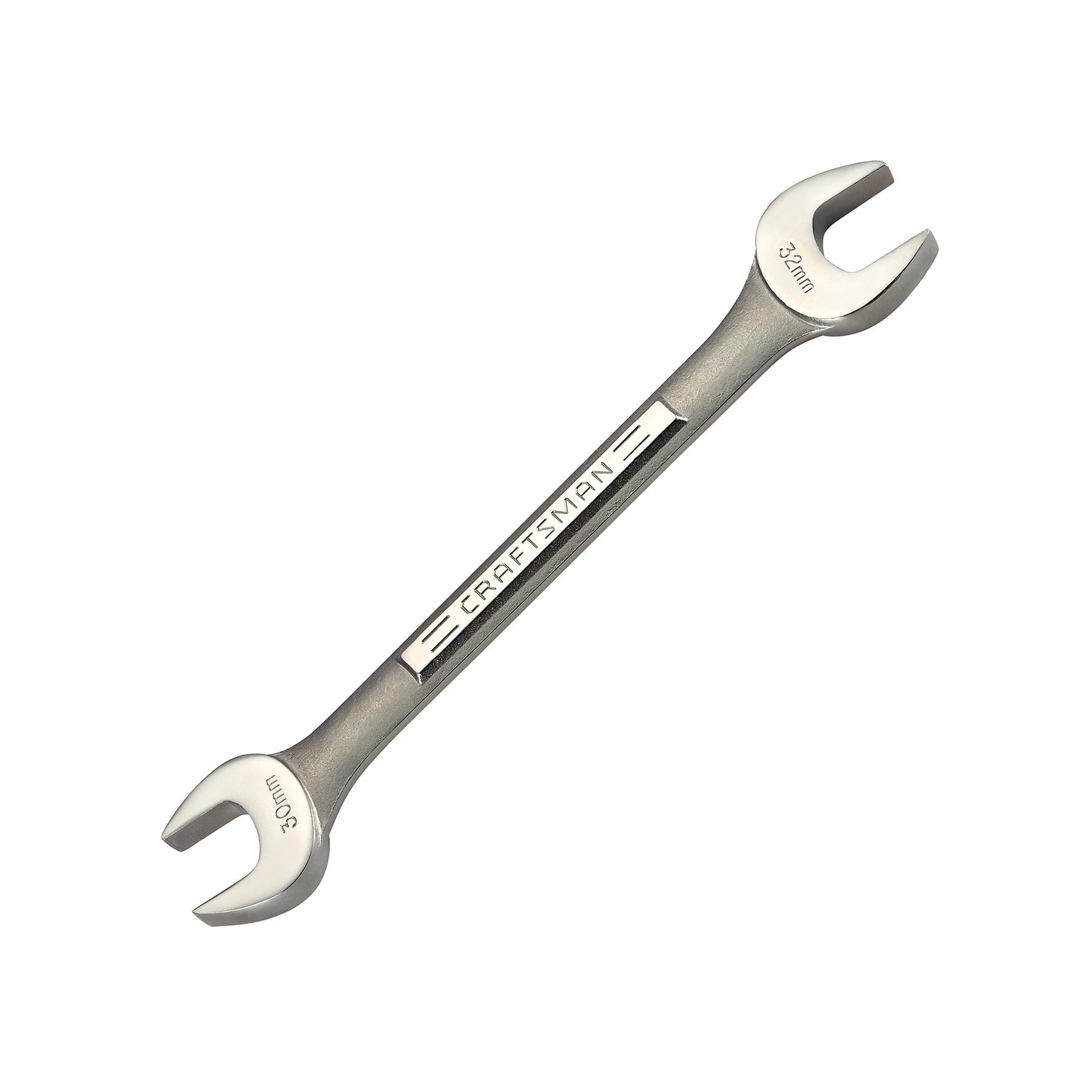 Benefits of Using an Open-End Wrench
Benefits of Using an Open-End Wrench
Open end wrenches are essential tools with multiple benefits. Their unique features make them ideal for various tasks across industries. Below are the key advantages of using these versatile tools.
Speed and Convenience in Tight Spaces
Open end wrenches provide quick and efficient access to fasteners. Their U-shaped opening allows users to slide the wrench onto a nut or bolt easily. This design eliminates the need for full rotations, making work faster. Open end wrenches excel in tight or hard-to-reach areas, such as under machinery or within engine compartments. These tools are lightweight, allowing for comfortable use over extended periods. Their speed and convenience save time in repetitive tasks while ensuring accurate adjustments.
Versatility for Multiple Applications
Open end wrenches can handle a wide variety of tasks. They come in different sizes, suitable for automotive repairs, plumbing, and DIY projects. Fixed-size options ensure a perfect fit for specific fasteners, preventing damage during application. Double-ended designs add flexibility by providing two usable sizes on a single wrench. This versatility eliminates the need to switch tools frequently, streamlining workflow in complex tasks. From professionals to hobbyists, these wrenches are useful in countless applications.
Durability and Long Lifespan
High-quality open end wrenches are built to last. Common materials like chrome vanadium steel offer exceptional strength and corrosion resistance. The robust construction minimizes wear and tear, even in demanding environments. Coated wrenches provide additional durability for prolonged exposure to moisture or chemicals. Proper care and handling ensure these tools maintain their functionality over several years. Their simplicity and durability make them a cost-effective investment for any toolkit.
How to Properly Use an Open-End Wrench
Using an open end wrench correctly ensures efficiency and prevents damage to fasteners. Here are key tips and common mistakes to keep in mind.
Tips for Effective Use
- Choose the Correct Size: Always match the wrench size with the nut or bolt to avoid slipping.
- Inspect the Wrench Before Use: Check for cracks or wear. A damaged wrench can break or harm the fastener.
- Apply Force Gradually: Use steady pressure to tighten and loosen bolts. Sudden force can lead to slippage.
- Use Proper Grip: Ensure a firm grip to maintain control and prevent damaging the fastener edges.
- Keep Angles in Mind: Position the wrench at the right angle for optimal grip and torque.
- Work in Tight Spaces Carefully: Ensure the wrench doesn’t hit nearby components while turning.
- Pair with Lubricants if Needed: Use lubrication for stiff bolts to reduce resistance and ease movement.
Common Mistakes to Avoid
- Using the Wrong Size: This causes slipping and can damage the bolt or nut edges.
- Applying Excessive Force: Avoid over-tightening to prevent fastener damage or wrench wear.
- Ignoring Tool Inspection: Skipping inspection can result in accidents due to faulty wrenches.
- Using on Rounded Nuts: Open end wrenches work best with clean-edged fasteners, not worn or rounded ones.
- Incorrect Angle Application: Positioning the wrench wrong reduces effectiveness and may strain your hand.
- Neglecting Safety Measures: Always wear gloves and maintain focus to prevent injuries during use.
- Using Worn Wrenches: Replace wrenches showing significant wear to ensure reliable performance.
Proper handling of open end wrenches ensures safe and effective application in various tasks.
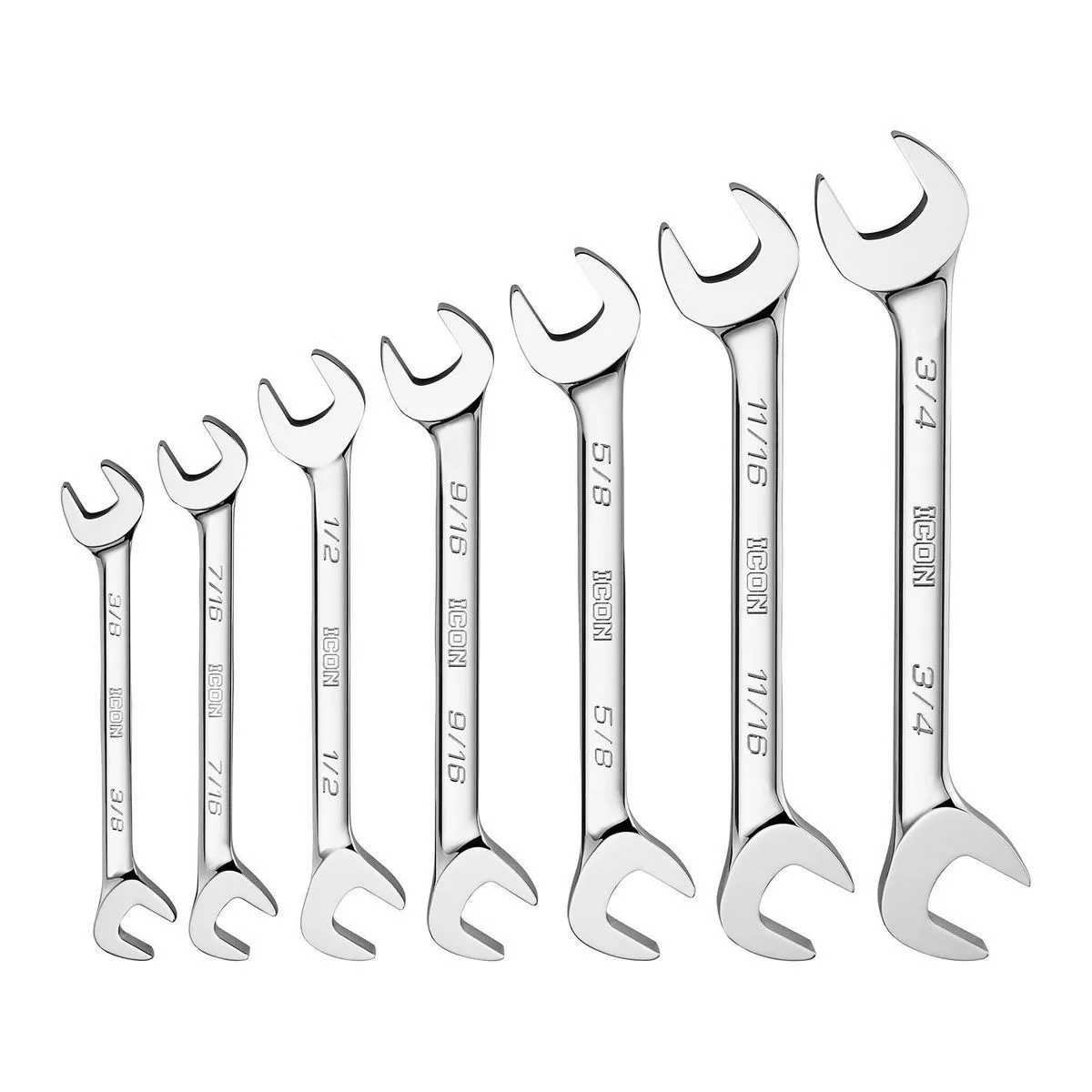 Maintenance and Care for Open-End Wrenches
Maintenance and Care for Open-End Wrenches
Proper maintenance of open end wrenches ensures their longevity and reliable performance. Regular care also prevents unexpected damage during use.
Cleaning and Storage
- Clean After Every Use: Remove dirt, grease, or debris using a soft cloth.
- Use Mild Cleaning Agents: Avoid harsh chemicals. Use soap and water or specialized tool cleaners.
- Dry Thoroughly: Ensure the wrench is completely dry to prevent rust formation.
- Apply Lubricant: Add a thin layer of oil to moving parts or exposed metal surfaces.
- Store in a Dry Place: Keep wrenches in a toolbox or on a pegboard in a moisture-free area.
- Use Protective Covers: For long-term storage, use cases or wraps to shield wrenches from dust and humidity.
Identifying and Addressing Wear and Tear
- Regular Inspection: Look for signs of cracks, bends, or corrosion regularly.
- Assess Grip Teeth: Check the U-shaped opening for wear or deformation that can reduce effectiveness.
- Replace Damaged Wrenches: Always replace tools showing severe damage or reduced functionality.
- Sharpen Edges if Possible: Restore worn edges with proper sharpening tools to maintain a snug grip.
- Avoid Overloading: Do not use wrenches beyond their intended capacity. Overuse can cause permanent damage.
- Monitor Coatings: Ensure protective coatings like chrome or nickel remain intact for rust prevention.
- Perform Timely Repairs: For minor dents or bends, use specialized tools to realign or restore shape.
Taking care of your open end wrenches reduces the risk of failure and increases their durability.
Choosing the Right Open-End Wrench
Selecting the right open end wrench is essential for efficient and safe use. This ensures durability and precision in tackling various tasks. Consider your needs carefully to choose the most suitable option.
Factors to Consider When Purchasing
- Size Compatibility: Ensure the wrench size matches the nuts or bolts you’ll work with. Incorrect sizes can cause damage and inefficiency.
- Material Quality: Choose wrenches made from durable materials like chrome vanadium steel. These resist wear, corrosion, and bending.
- Type of Wrench: Decide between single or double open end wrenches based on your versatility needs. Double-ended options save time when frequent size changes are required.
- Ergonomic Design: Opt for lightweight and comfortable shapes for extended use. This reduces hand strain during repetitive work.
- Work Environment: Pick wrenches with suitable coatings, like chrome plating, for harsh conditions. Protective coatings prevent rust and provide extra longevity.
- Budget: Balance quality with affordability. High-quality wrenches are cost-effective over time, despite higher initial prices.
- Tool Set Needs: Consider purchasing a complete wrench set for various sizes. Sets offer better value and flexibility.
Popular Brands and Recommendations
- Craftsman: Famous for their durable wrenches made from high-quality steel. These come with reliable warranties and are perfect for heavy-duty tasks.
- Snap-on: Known for professional-grade tools with precision-engineered designs. Snap-on wrenches are ideal for mechanics and engineers.
- GearWrench: Offers ergonomic designs and versatile wrench sets. They specialize in double-ended open end wrenches for more efficiency.
- TEKTON: Affordable yet durable options for hobbyists and DIY users. TEKTON wrenches are lightweight and easy to handle.
- Stanley: Trusted for household repairs and light maintenance work. Their open end wrenches combine quality with reasonable prices.
Choosing a trusted brand and the right wrench features ensures long-term reliability and excellent performance.
 Conclusion: Master the Art of Using an Open-End Wrench for Every Task
Conclusion: Master the Art of Using an Open-End Wrench for Every Task
In conclusion, the open end wrench is a versatile and essential tool that every mechanic, DIY enthusiast, and homeowner should have in their toolkit. By understanding the different types, selecting the right size, and employing proper usage techniques, you can tackle a wide range of tasks with ease and confidence. Additionally, maintaining your open end wrenches through regular cleaning and proper storage ensures their longevity and reliable performance. Whether you are tightening a stubborn bolt, assembling furniture, or engaging in complex mechanical repairs, an open end wrench provides the precision and durability needed to get the job done right. Invest in high-quality open end wrenches from reputable brands, and you’ll enjoy their benefits for years to come, making every project smoother and more efficient.
